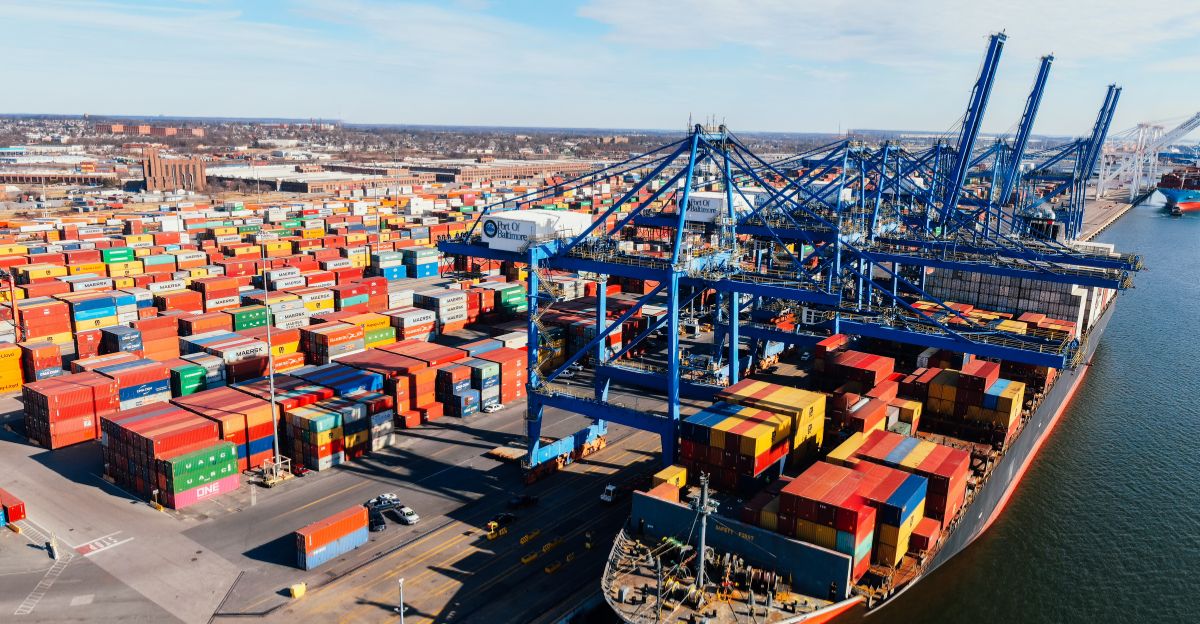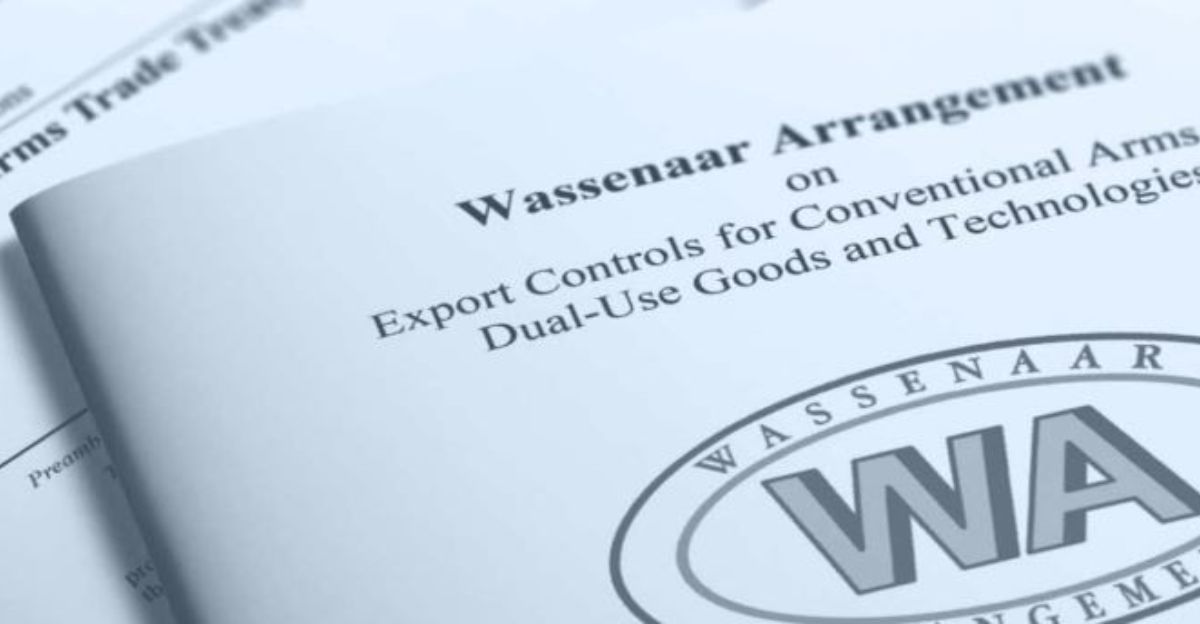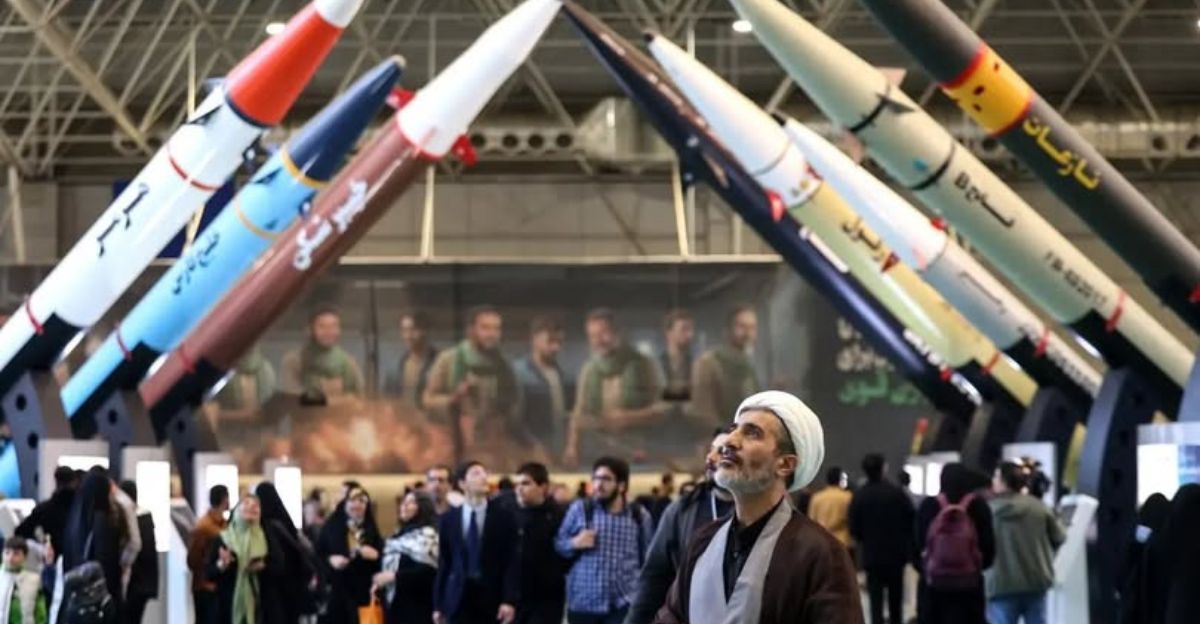
On November 12, 2025, the US Treasury exposed a clandestine network linking Ukrainian companies to Iran’s military drone program—a revelation that underscored the vulnerabilities of global supply chains and the persistent challenge of enforcing international sanctions. As Russia’s Iranian-made drones battered Ukrainian cities, investigators discovered that Western technology was fueling both sides of the conflict, with two Kharkiv-based firms at the center of the scandal.
Sanctions and the Global Crackdown

In swift response, the US Treasury imposed sanctions on 32 individuals and companies across eight countries, including Iran, Turkey, China, India, Hong Kong, the UAE, Germany, and Ukraine. This marked the second major enforcement action since the US reinstated UN sanctions on Iran for nuclear violations in September 2025. The coordinated effort aimed to dismantle the intricate, transnational networks that have long enabled Iran’s missile and drone programs to access critical military technology, despite years of international restrictions.
These sanctions are part of a broader campaign to combat global sanctions evasion, which allows adversarial states to sustain weapons programs in defiance of international controls. The US action signaled a renewed commitment to curbing the proliferation of weapons of mass destruction and the advanced technologies that underpin modern warfare.
Evasion Tactics and Supply Chain Vulnerabilities

Despite comprehensive US sanctions on Iran’s military industries since 2008, Iran has repeatedly circumvented restrictions through a sophisticated web of front companies and third-party distributors. The Iran Aircraft Manufacturing Industrial Company (HESA), sanctioned for over 17 years, continued to procure essential parts via intermediaries operating in jurisdictions with weaker enforcement. Investigations revealed that 82% of components in Iranian drones originated from US manufacturers, including navigation and targeting systems subject to strict export controls.
This dependency on Western technology exposes the dark underbelly of global supply chains. Small, dual-use components—products with both civilian and military applications—are easily diverted and integrated into weapons systems. The demand for advanced military technologies sustains a thriving illicit trade, making it increasingly difficult for authorities to prevent sensitive parts from reaching hostile actors.
The Ukrainian Connection
At the heart of the scandal were two Ukrainian companies, GK Imperativ and Ekofera, which acted as fronts for Bahram Tabibi, an Iranian procurement agent with direct ties to HESA. Though publicly registered as chemical and construction material firms, these Kharkiv-based companies covertly shipped critical aerospace components, including sensors and engines, to Iranian military production facilities. This exploitation of Ukraine’s aerospace sector revealed a troubling vulnerability: even as Ukraine fought for its survival, domestic firms were unwittingly aiding the enemy’s drone campaign.
The Ukrainian government reacted with shock and frustration. While intelligence agencies had flagged suspicious exports, legal limitations prevented authorities from intervening before international sanctions were imposed. The incident sparked calls for tighter regulation and oversight of foreign-owned entities operating in defense-adjacent industries.
The Mechanics of Evasion
Iran’s procurement network relied on a complex, transnational distribution system. Countries such as Turkey, India, and Vietnam served as key transit hubs, where shell companies purchased components from legitimate manufacturers before rerouting them to Iran. Turkey, in particular, emerged as a critical player, enabling the transfer of sensitive technologies through its territory. These third-party networks exploited regulatory gaps and weak export controls, making it difficult for enforcement agencies to track and intercept illicit shipments.
Forensic analysis of downed Iranian drones in Ukraine revealed that 40 out of 52 components in a single drone were US-made, often acquired through intermediaries in Malaysia, Taiwan, and Hong Kong. The lack of serial tracking for small electronic parts further complicated efforts to trace their journey from manufacturer to battlefield.
Legal and Ethical Dilemmas

The scandal raised pressing questions about the effectiveness of current export control regimes and the ethical responsibilities of Western technology companies. The Wassenaar Arrangement, an international agreement governing export controls among 42 countries, is undermined by inconsistent national enforcement. Companies are rarely held liable for the diversion of their products unless it can be proven they knowingly violated regulations.
As drone technology becomes more accessible and components shrink in size, the challenge of preventing their misuse intensifies. Policymakers now face the dilemma of balancing commercial interests with security imperatives, as the risk of advanced technologies falling into the wrong hands grows.
Looking Ahead: A Systemic Challenge

The exposure of Ukrainian companies aiding Iran’s drone program highlights a systemic challenge in the era of technological proliferation. As global supply chains become more interconnected and adversaries adapt to enforcement measures, the task of controlling the spread of advanced military technology grows ever more complex. The US sanctions have disrupted key procurement networks, but experts warn that unless major distributors and intermediaries face direct penalties, Iran’s ability to circumvent restrictions will persist.
The stakes are high: the growing alliance between Iran and Russia, fueled by the flow of Western technology, has reshaped the strategic landscape in Ukraine and beyond. As enforcement agencies, technology firms, and governments grapple with these challenges, the future of global security may hinge on their ability to adapt and cooperate in an increasingly complex technological world.